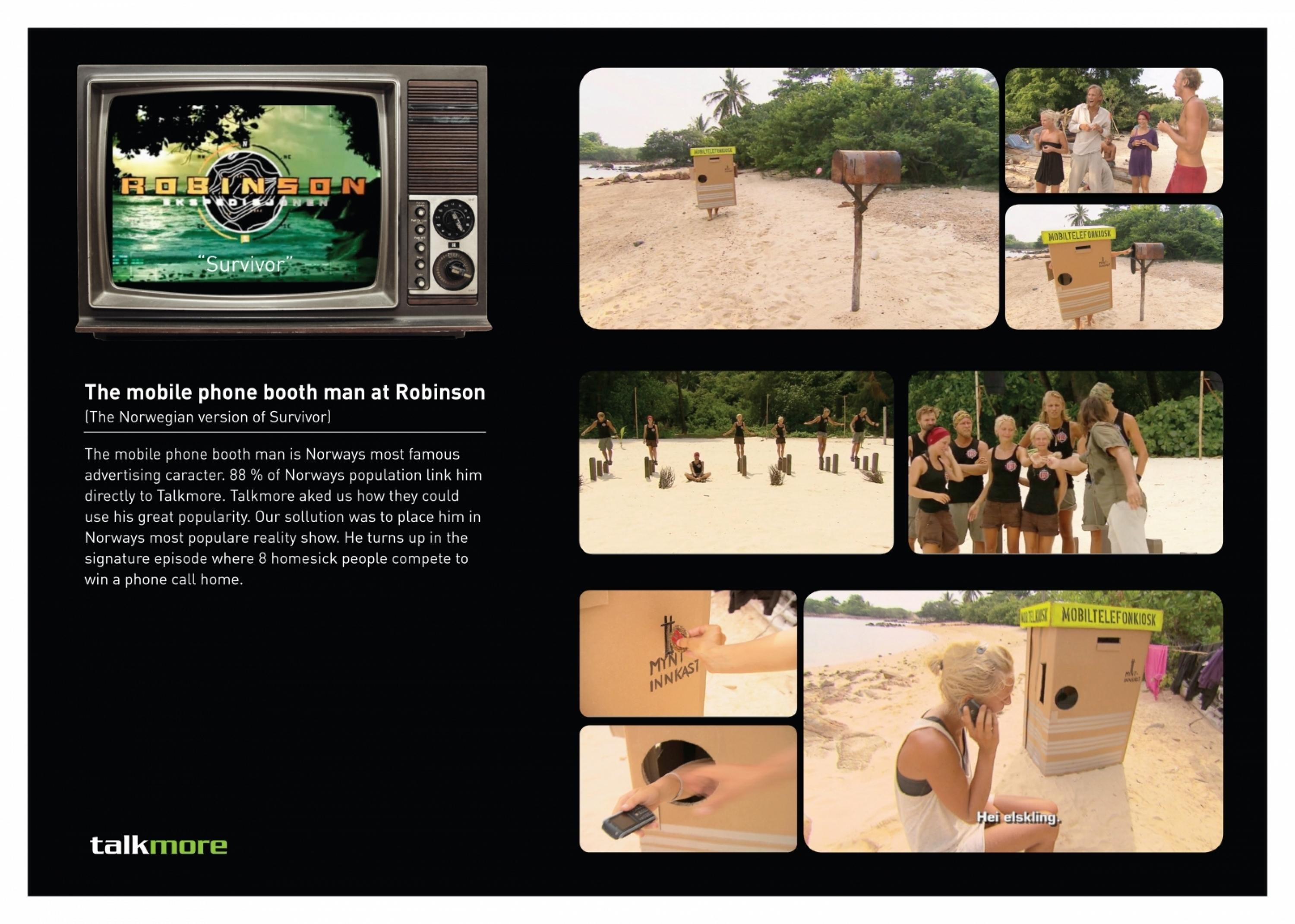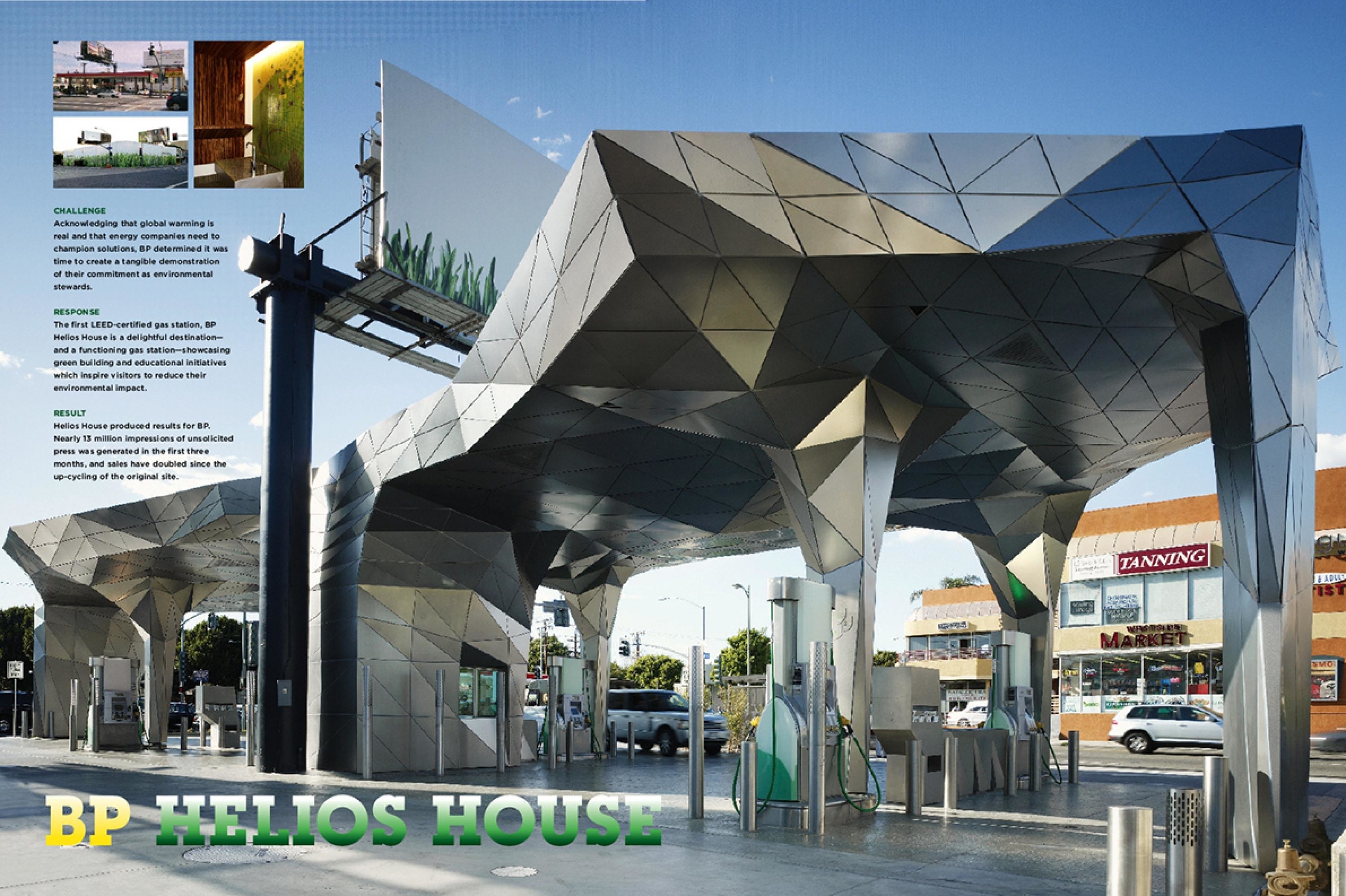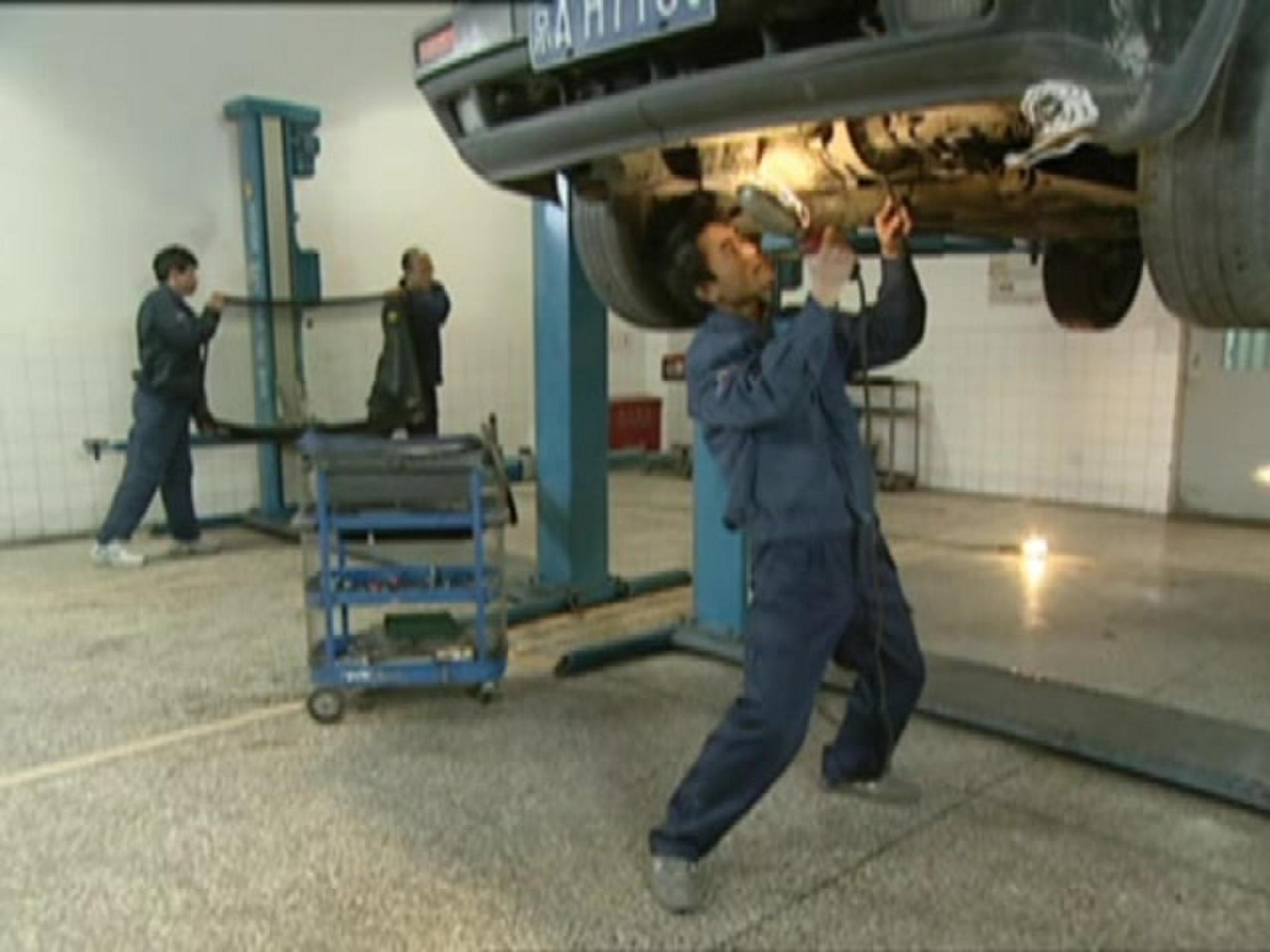Cannes Lions
THE COMEBACK
OGILVY PUBLIC RELATIONS, New York / BP / 2013

Overview
Entries
Credits
Overview
Description
The ink was barely dry on BP’s sponsorship of the U.S. Olympic Committee in 2010 when an oil rig exploded in the Gulf of Mexico, becoming one of the worst environmental accidents in history. Soon, 81 percent of U.S. consumers viewed BP unfavorably (Washington Post/ABC News polls). By 2012, BP was the only major Olympic sponsor to enter the London Games with a negative brand perception. Its presence at the Games ranged from controversial (some Olympic fans demanded BP remove its sponsorship) to unknown (others simply had no idea BP was involved). It would take a new approach to change the trajectory of BP’s perception among consumer opinion makers and sports fans. And with so much conversation about the Games appearing online, negative chatter on social networks had to be reversed.
Instead of throwing in the towel, BP stood by its commitment. Acknowledging adversity, BP selected nine U.S. Olympic and Paralympic hopefuls who faced formidable obstacles in their Olympic quests and were looking for a comeback. Through strong social outreach using branded digital content, BP created a support network of family, friends and fans that emphasized easy and authentic sharing of these personal stories. BP supported this campaign through strategic owned, paid and media partnerships–and staged a 'comeback' of its own.
Post-Olympics, awareness of BP’s sponsorship was among the highest of all USOC partners; more importantly, perception scores for BP went from drastically negative to positive – the second largest increase in perception of all Olympic sponsors.
Execution
BP’s roll-out of content built in intensity. First, BP announced its Olympic and Paralympic hopefuls via athlete 'ambassador' videos on YouTube showcasing first-person stories. It launched an augmented reality partnership with Business Week: Readers scanned printed cards to get personal messages from athletes. It launched its Team USA Facebook page and bpusathletes.com.
One hundred days out, BP launched the '100 Days' video across platforms and posted real-time updates to its Facebook page from USOC events. It activated paid media to boost awareness.
During the Olympic trials, BP stepped up real-time social media publishing (including Instagram and Twitter) and unveiled partnerships with TIME and Sports Illustrated via interactive Facebook apps. Universal Sports began running BP-branded athlete vignettes across NBC networks.
When the Games began, BP’s program peaked: It built upon paid TV spots with live, behind-the-scenes updates across all social media and sponsored PBS’s Paralympic Medal Quest program.
Outcome
Despite skeptical audiences, BP’s Olympics sponsorship successfully helped reframe its reputation. A tracking survey found that awareness of BP’s sponsorship reached 23 percent among target audiences, surpassing Ford and Citibank; 68 percent found it relevant.
With awareness came acceptance: BP’s Team USA Facebook community grew to more than 300,000 fans, tripling BP’s goal. Its YouTube channel garnered 1.8 m impressions. BP earned 35,000 Twitter followers.
Sentiment online reversed from 4 percent positive / 7 percent negative in April 2012 to 7 percent positive / 4 percent negative in September 2012. Facebook interactions were 82 percent favorable by the time the Games ended.
BP overcame its negative brand perception. A YouGov BrandIndex survey showed an increase in brand perception score from -5.9 to 2.6, second only to Visa among Olympic sponsors.
The road ahead for BP is long, but its successful USOC sponsorship gave it a major step in the right direction.
Similar Campaigns
12 items








